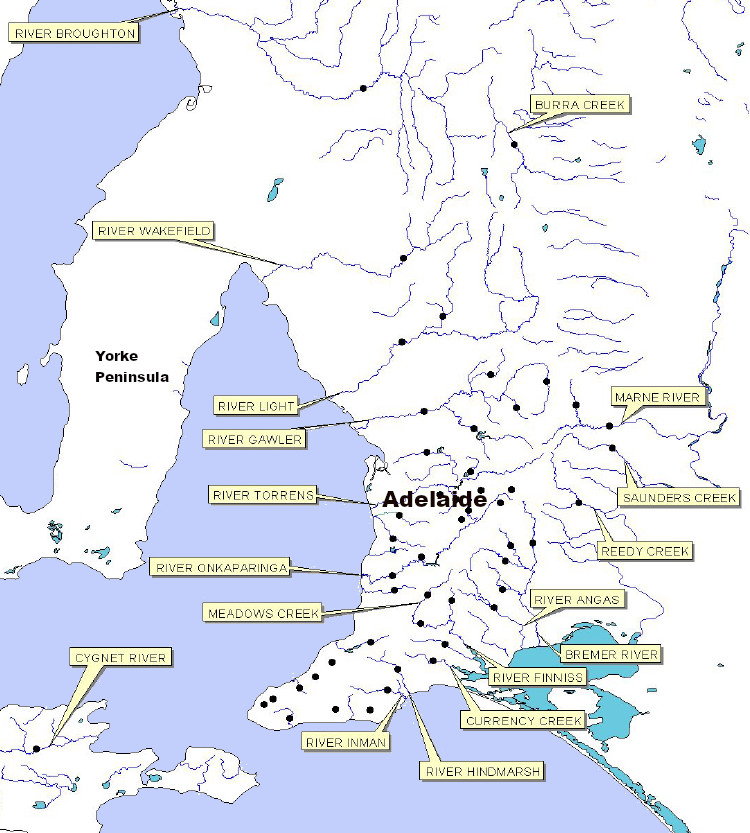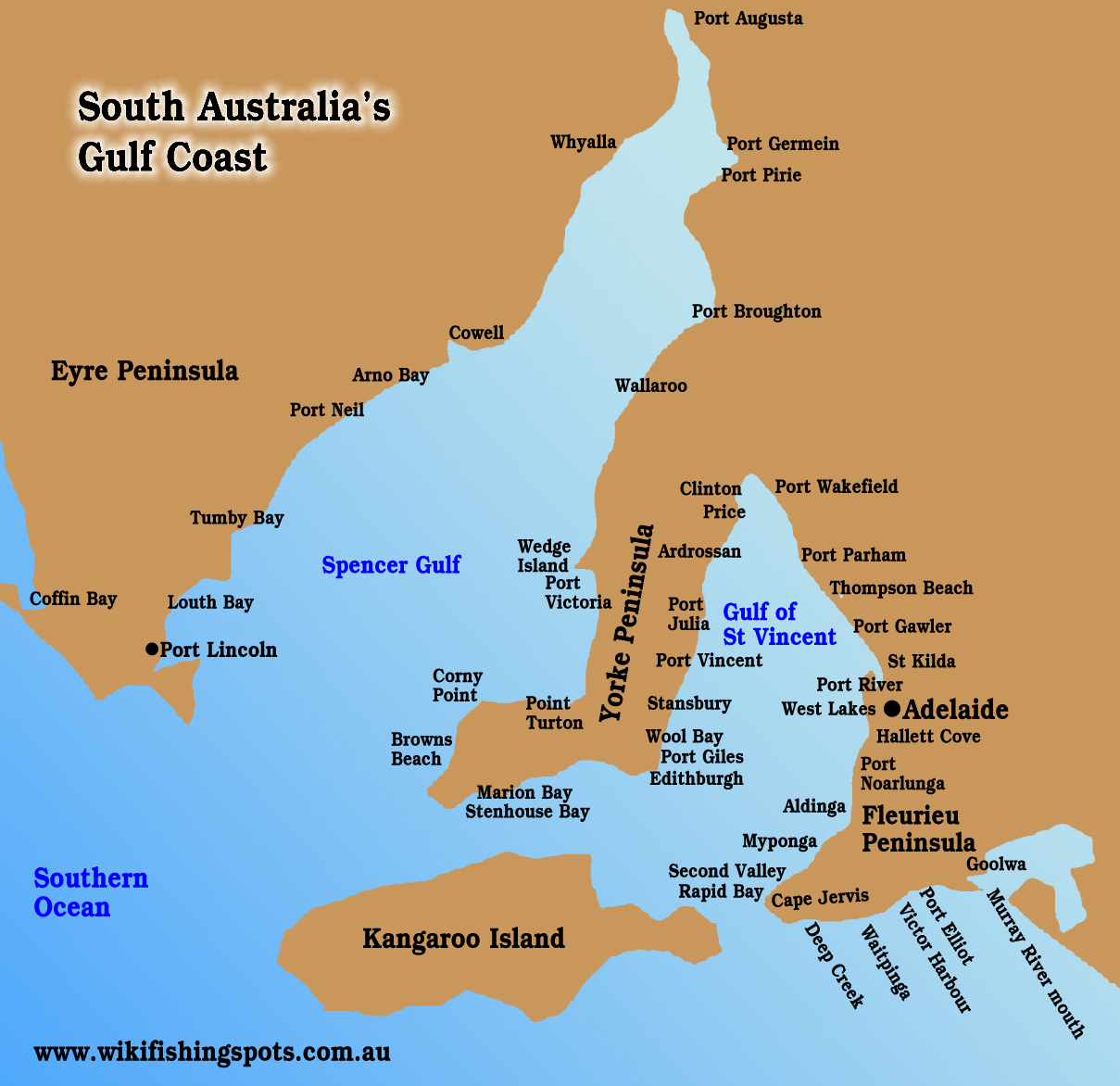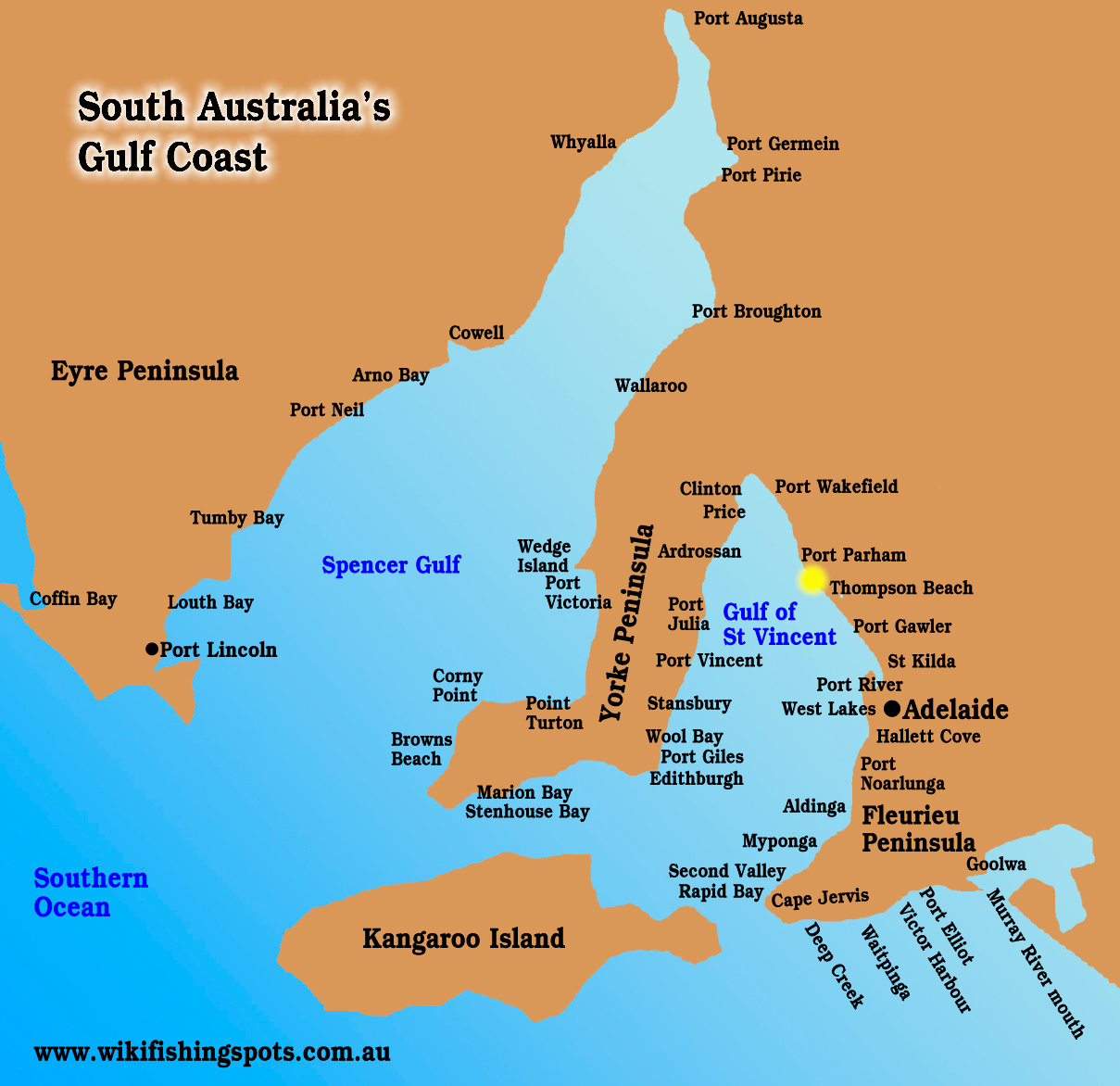

South Australia is the nation’s driest state but it has somehow maintained a trout fishery.
Diehard SA fishos chase brown and rainbow trout on a selection of tiny streams and small reservoirs, including private trout fishing facilities.
Rainbow trout have existed only tenuously in some SA waters, courtesy of fish stocking, while brown trout have been able to successfully maintain a wild population in some creeks.
For those who like a challenge, enjoyable experiences can be had, and there is a surprisingly strong following. This page is one of the most searched pages on the Wiki FS site.
Consider that for a moment, that you have all the other species in other states but the most searches on Wiki FS are for SA trout.
This is partly because the spots are kept secret, and SA trout info is not easily found.
Nonetheless, the strong following brings into question the state’s apparent decision to stock solely native fish in waters that could also be trout fisheries.
South Australian trout streams are small and sometimes ephemeral, with fishing often done in tight spots with thick bankside vegetation.
With climate change worsening extremes of heat, flood and drought, the long-term future of the state’s freshwater fishing probably lies with native fish.
For SA trout fishos, the future is likely in the state’s reservoirs.
The state’s Recfish lobby group has said Myponga and Millbrook Reservoirs are potential Blue Ribbon fisheries.
Trout stocking was planned for Myponga Reservoir but fishos are still waiting. To date (April 2022), Myponga has only been stocked with native fish.
Bundaleer Reservoir contains rainbow trout, however native fish are the main catch.
Hope Valley, Happy Valley, Little Para, Middle River, Millbrook, Myponga and Kangaroo Creek Reservoirs were listed for potential trout stocking in a 2018 RecfishSA report. Native fish stocking has since been undertaken in some of these waters.
As there are trout in the upper Onkaparinga River there are likely trout in Mt Bold Reservoir, Adelaide’s largest reservoir, but fishing access was not available at the time of writing.
Trout stocking continues in selected waters, according to the South Australian Fly Fishers Association.
There is still worthwhile trout fishing to be had in some streams, so here’s a list of the (historically) best spots if you want to explore.
Broughton River
– or “River Broughton” in Adelaide speak.
This river, 160km north of Adelaide, has been stocked with trout in the section from Spalding to Koolunga.
The river is quite saline, which prevents irrigation use and helps guarantee good water levels, however siltation has slowed the flow and the river is mostly deep pools with reed-lined banks.
The reeds limit bankside access, but good trout have been caught, including solid rainbows.
Spawning is believed to be minor or nil.
Finniss River
This river flows into the lower Murray lakes 45km south of Adelaide.
Stocking was done in the middle section from Burma Road to Kondoparinga Homestead.
Irrigation and low rainfall makes this stream cease flowing in summer.
Redfin are present, with carp in the lower reaches.
Trout stocks have been self-maintaining in good years.
The author’s father fished this river in the late 1960s, and noted that the trout caught were thin.
Meadows Creek
This is a tributary of the Finniss River, about 40km south of Adelaide.
Trout have been stocked historically in a 5km section up from Burma Road.
The river has a slow flow and has produced large trout and redfin.
Bull Creek
This tributary of the Finniss River has had a spawning brown trout population, but it tends to run dry.
Currency Creek
This stream also flows into the Murray lakes, about 60km south of Adelaide.
It has been stocked over an 8km stretch in years past, from Mosquito Hill Road to the Goolwa-Mt Compass Road.
There is good access and in good years there is habitat suitable for trout spawning.
Redfin and carp are in the lower reaches.
Hindmarsh River
This river flows out at Victor Harbour, about 60km south of Adelaide.
The reach from the second waterfall down to the gauging weir has been stocked with trout in years past.
Access is limited because of terrain, but the fishing has been good in historic terms, with insect hatches reported.
Wakefield River
This river is 100km north of Adelaide, with the section from Undalya to Balaklava stocked in years past.
Conditions are similar to the Broughton River, with thick bankside reeds.
The river has a spring feed but irrigation uses much of the river’s water.
Torrens River
The best numbers of trout are from the Adelaide plains and upstream, with good numbers at times.
The river is now used to carry water pumped from the Murray River to a Hope Valley plant, and storage weirs have decreased the trout-fishing areas.
The lower Torrens in the city has many large carp.
Stories of occasional large trout being caught in the city have never been backed up with photographs, however trout have been officially recorded throughout the Torrens system above Breakout Creek (the lowest section).
Sixth Creek
This Torrens tributary has a permanent flow, entering the Torrens at Castambul.
There have been self-sustaining trout populations in years past.
Redfin and carp are also present.
Light River
This river is 70km north of Adelaide.
It has been stocked historically from the Kapunda-Eudunda Road down to the bridge on the Kapunda-Adelaide road.
The pools are connected by channels through thick reedbeds.
It has been a productive fishery in years past, with alkaline water and springs providing a good food supply.
Onkaparinga River
This river is south of Adelaide, entering the sea at Port Noarlunga.
The river below Mt Bold to Clarendon Weir historically produced occasional big trout, but government surveys suggest drought has taken its toll and now only redfin persist, along with a few tench, carp and small native species.
Below Clarendon the “Onk” runs through a gorge, with some deep pools where occasional brown trout may still exist.
The lower tidal river is a good spot to fish for black bream.
Cox Creek
This is a tributary of the Onkaparinga River above Mt Bold Reservoir.
It has been stocked historically, and also contained a spawning brown trout population.
Hay Flat Creek
This stream 100km south of Adelaide is a tributary of Yankalilla River.
It has been stocked in the past but has been a minor fishery.
Inman River
This river is 80km south of Adelaide, flowing to sea at Victor Harbour.
A small section in the middle reaches was stocked with trout in years past.
Carp and redfin are the main residents, with bream in the tidal reaches.
Little Para River and North Para River
These were once good trout streams but stocking ceased after the catchments were damaged. Carp are now the main catch.
Scott Creek
This is a tributary of the Onkaparinga River. A spawning population of trout has been present in years past.
Kangaroo Island
Rivers on Kangaroo Island were stocked in 1994.
Interestingly, Middle River had spawning rainbow trout.
Wilson River was stocked but few trout were reported afterwards.
Given ongoing climate change and the devastating fires of 2019, trout may have a hard time existing in the island’s streams, but there is hope for good local reservoir fishing.
Other waters
Other South Australian streams are known to contain trout that survived from earlier stocking attempts.
Government surveys around 2013 showed there were trout in Deep Creek, Sturt Creek and Callewonga Creek.
Other streams that were historically stocked but probably no longer contain trout are Burra Creek, Marne River, Saunders Creek, Reedys Creek, Angus River, Gawler River and Cygnet River.
Meanwhile, South Australian fishos – having waited longer than other states to have their impoundments opened to fishing – are being frustrated by the slowness to stock them with trout.
A page summarising the feelings of the pro-trout movement can be read here … http://www.barossanewsonline.com/the-warren-opens-but-no-trout.html
A 1967 paper is available from the University of Adelaide examining the biology of the state’s trout … details here.
And here’s a brief 1903 article about stocking the Hindmarsh River …. https://trove.nla.gov.au/newspaper/article/4997883
We are keen to hear readers’ experiences chasing SA trout, including how the various waterways have changed over the years, register to leave your comment.
*****
SA impoundment stocking details and permit costs
Email corrections or updates to this article here.


